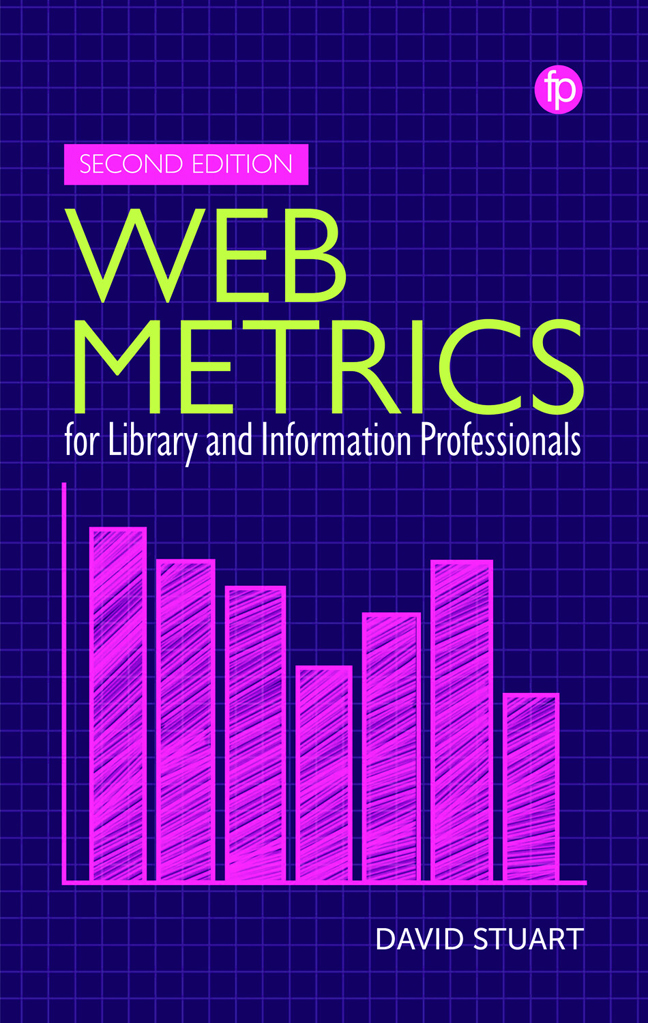Book contents
- Frontmatter
- Contents
- Figures and Tables
- About the Author
- Preface to the Second Edition
- 1 Introduction
- 2 Bibliometrics, Altmetrics, Web Metrics and Webometrics
- 3 Data Collection Tools
- 4 Evaluating Web Impact
- 5 Evaluating Social Media Impact
- 6 Relational Web Metrics and Social Network Analysis
- 7 Web Bibliometrics
- 8 Web Metrics for Data and Code
- 9 The Future of Web Metrics and the Library and Information Professional
- References
- Index
Preface to the Second Edition
Published online by Cambridge University Press: 20 December 2023
- Frontmatter
- Contents
- Figures and Tables
- About the Author
- Preface to the Second Edition
- 1 Introduction
- 2 Bibliometrics, Altmetrics, Web Metrics and Webometrics
- 3 Data Collection Tools
- 4 Evaluating Web Impact
- 5 Evaluating Social Media Impact
- 6 Relational Web Metrics and Social Network Analysis
- 7 Web Bibliometrics
- 8 Web Metrics for Data and Code
- 9 The Future of Web Metrics and the Library and Information Professional
- References
- Index
Summary
By the time this book is published, it will be over a decade since I first approached Facet Publishing about writing Web Metrics for Library and Information Professionals, and the rapid pace of change in the field means that a second edition is already overdue. Of course, that would not be the case in all fields; books in different fields have different rates of decay. On the same day that I sat down to write this preface I also took delivery of a third edition of The Elements of New Testament Greek (Cambridge University Press, 2005). Although the third edition was almost 20 years old when I bought it, I expect the fundamentals of learning New Testament Greek to mostly remain the same, and even relying on a second edition (1965) or first edition (1914) probably wouldn't have been the greatest impediment to my elementary studies. Web metrics, however, have changed rapidly over the past decade, and a book that is to be of practical use to library and information professionals must necessarily be kept up to date: the web metric landscape of 2023 is very different to that of 2012.
One of the most notable changes has been the increased use of metrics more widely. Of course, not all these metrics are web metrics, or even bibliometrics, but the growth of web metrics is taking place within a wider growth of interest in the measurement of anything that might provide actionable insights in the move towards greater efficiency and return on investment. It means that within a university, for example, web metrics have gone over the last decade from being something that was primarily of interest to researchers, through something that was of interest to library and information professionals, to something that has become of interest to university management. As is explored within the book, this has both advantages and disadvantages for the information professional.
Undoubtedly part of the reason for the rise in interest in web metrics has been the rapid rise in interest in altmetrics. It is a rise that has, inevitably, led to a decline (or at least a stagnation) in interest in other areas of web metrics.
- Type
- Chapter
- Information
- Web Metrics for Library and Information Professionals , pp. xv - xviPublisher: FacetPrint publication year: 2023

